Externes — Ostabat, France
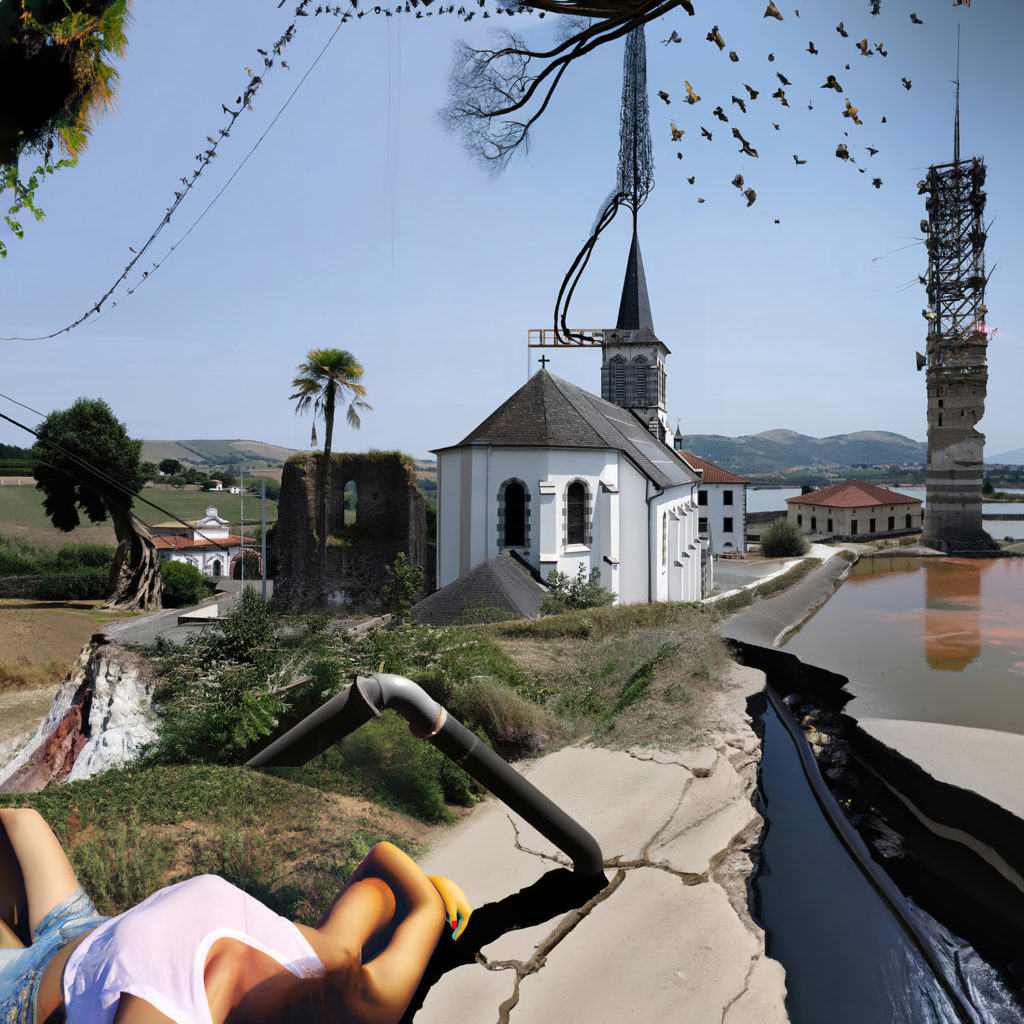
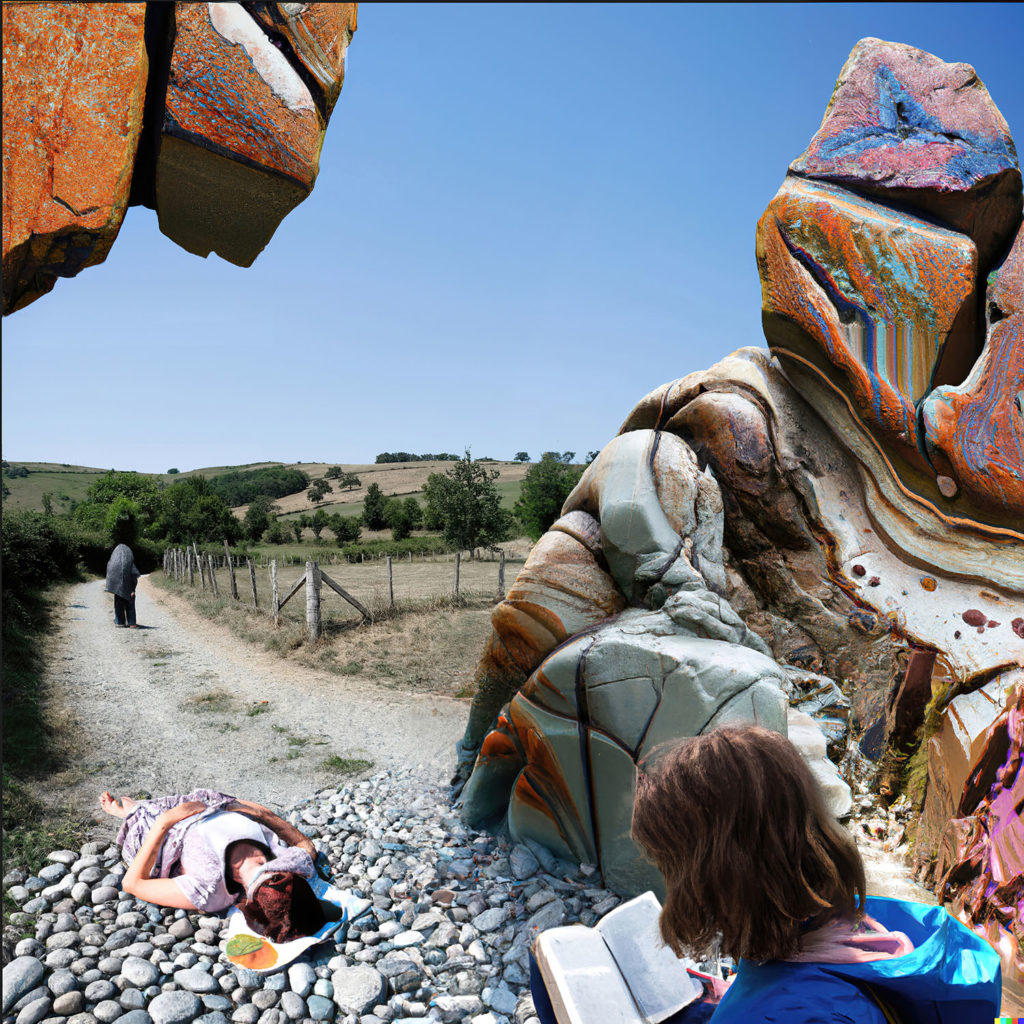
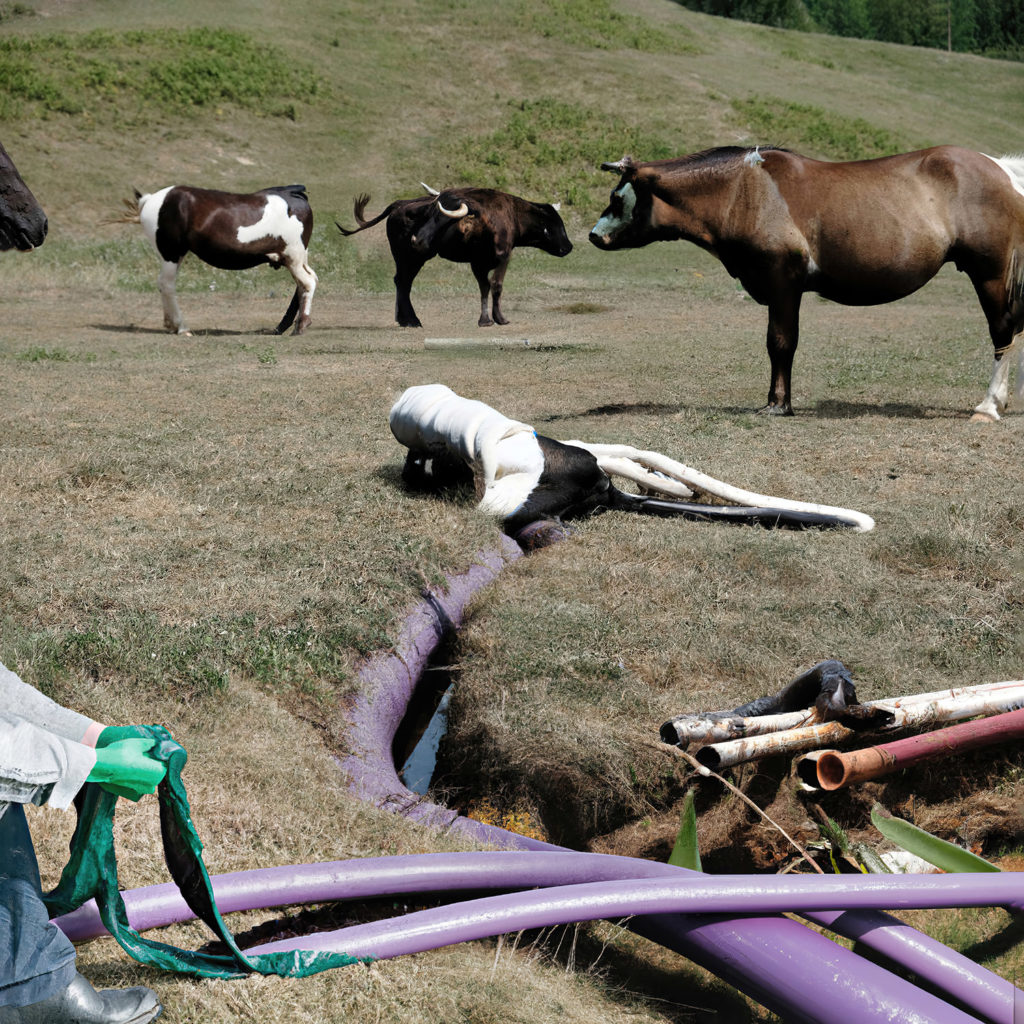
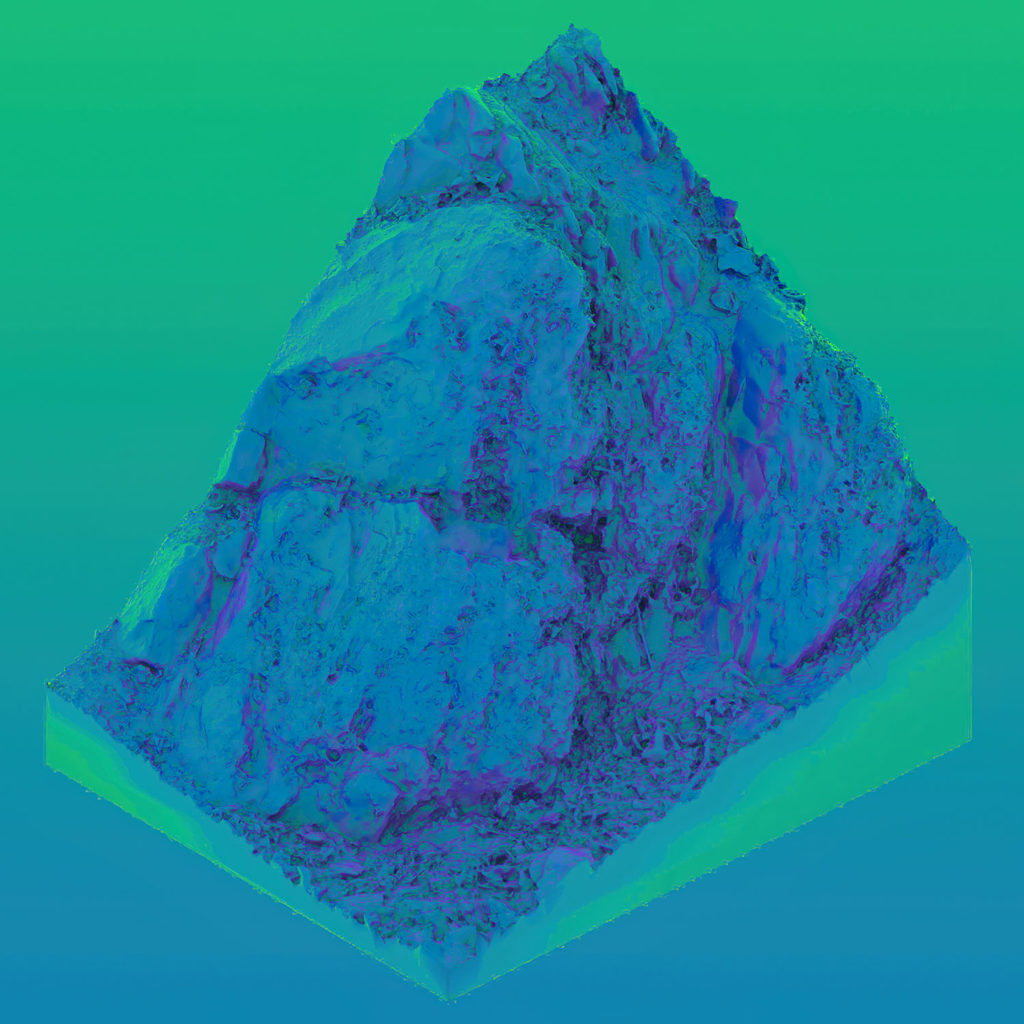
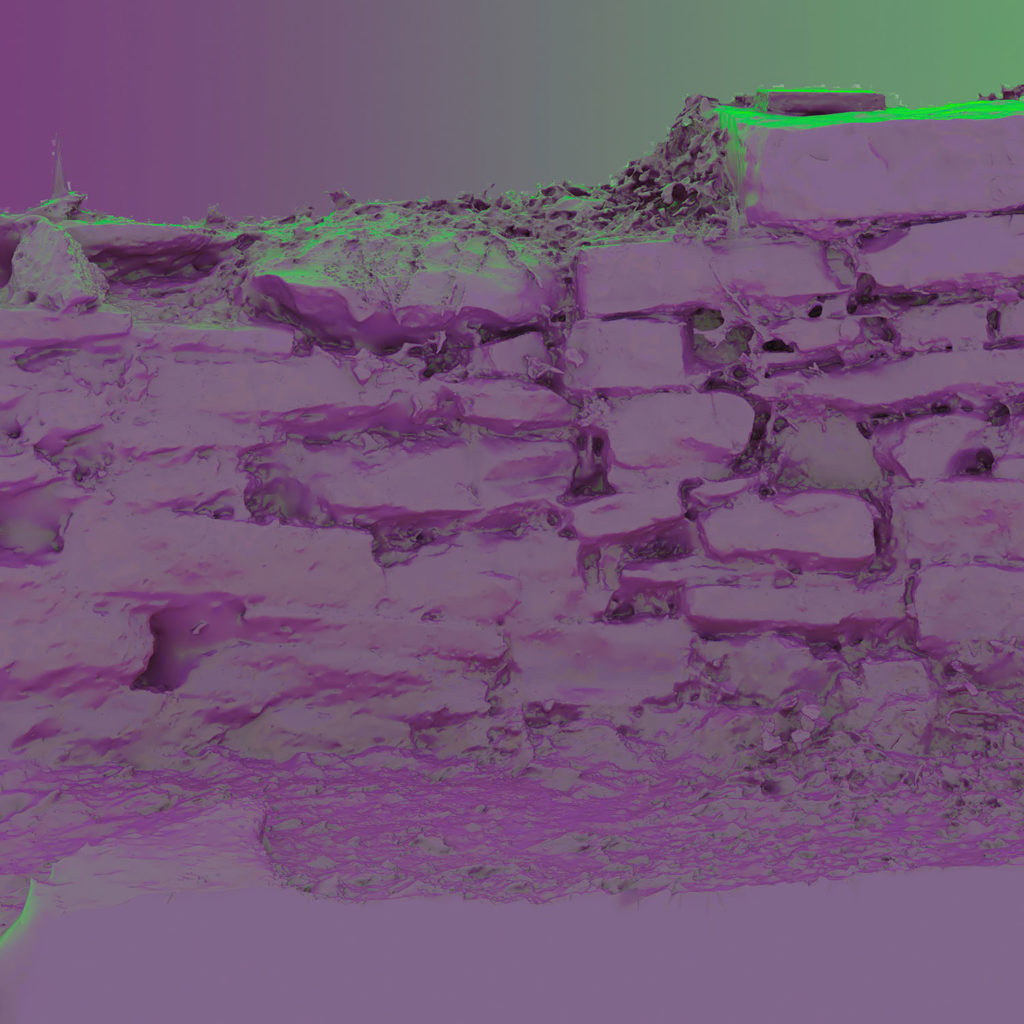

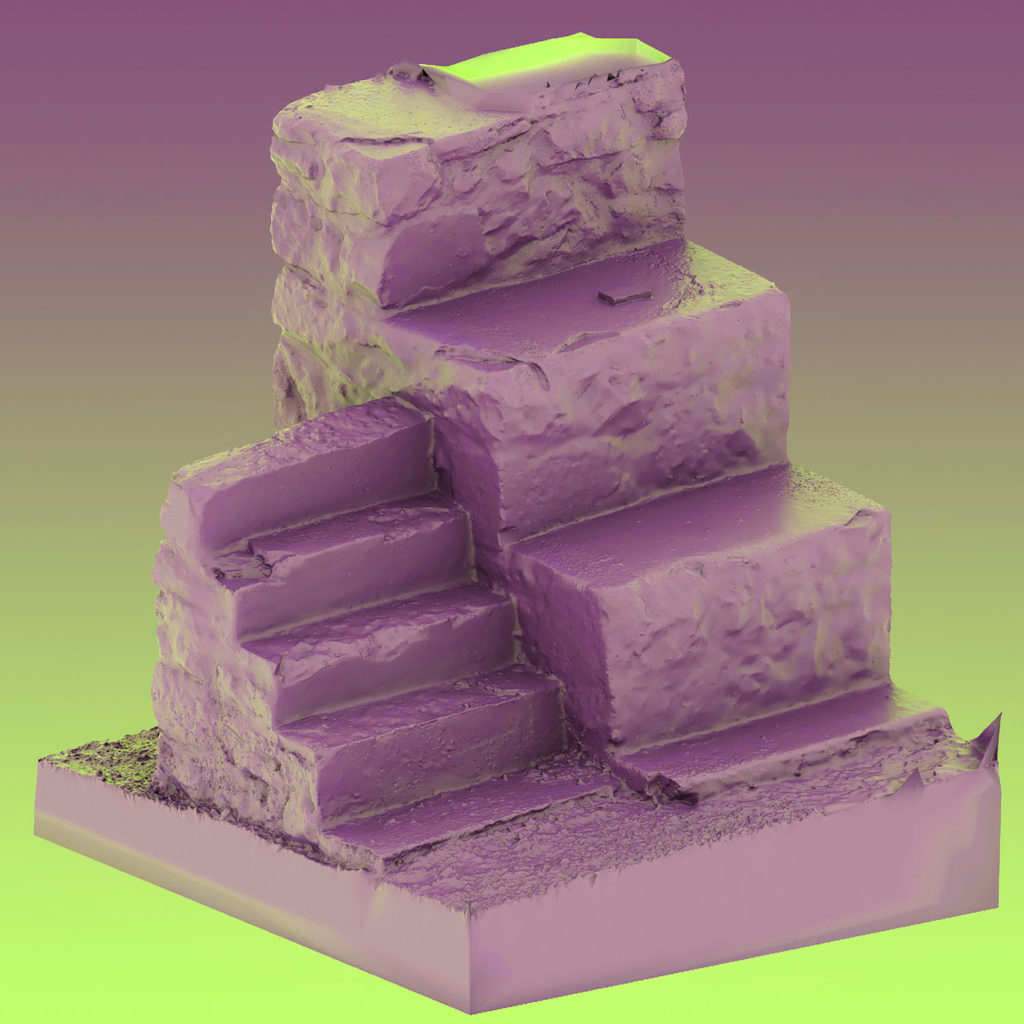
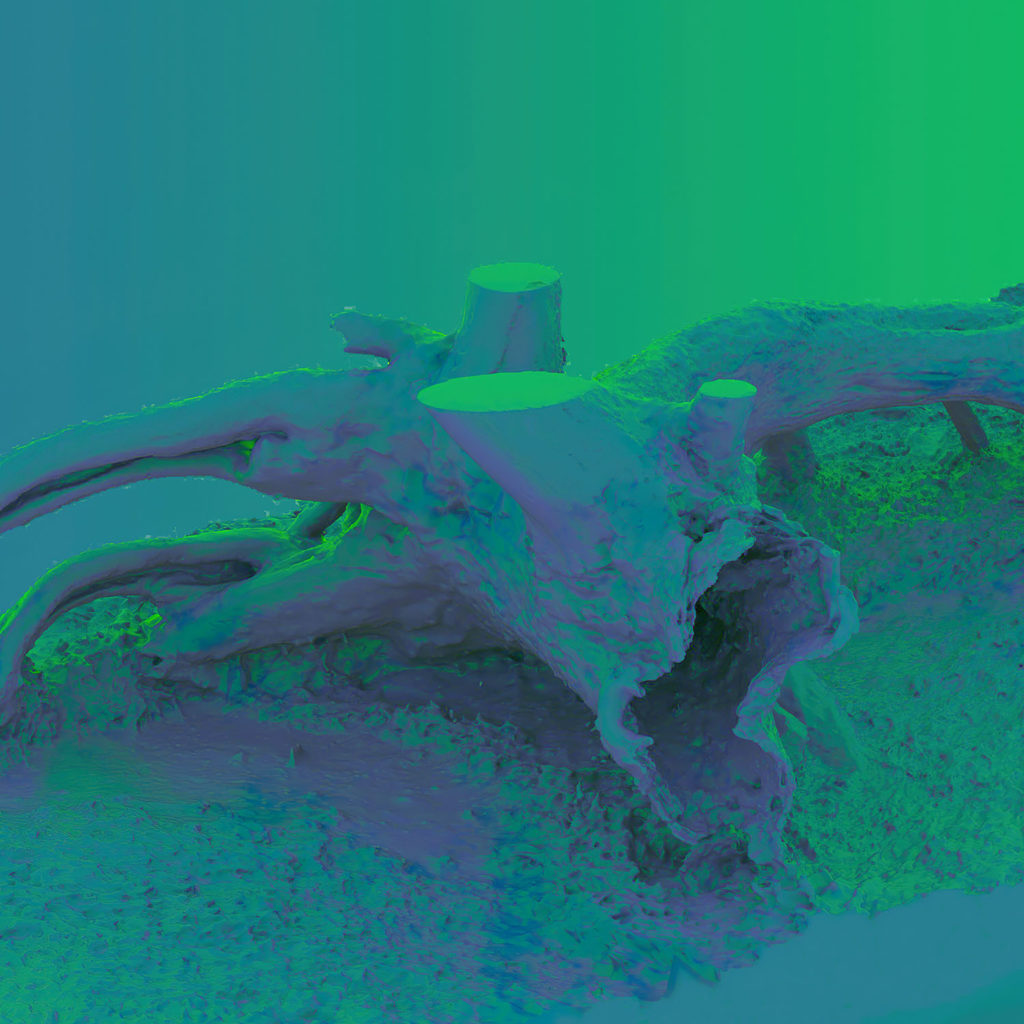

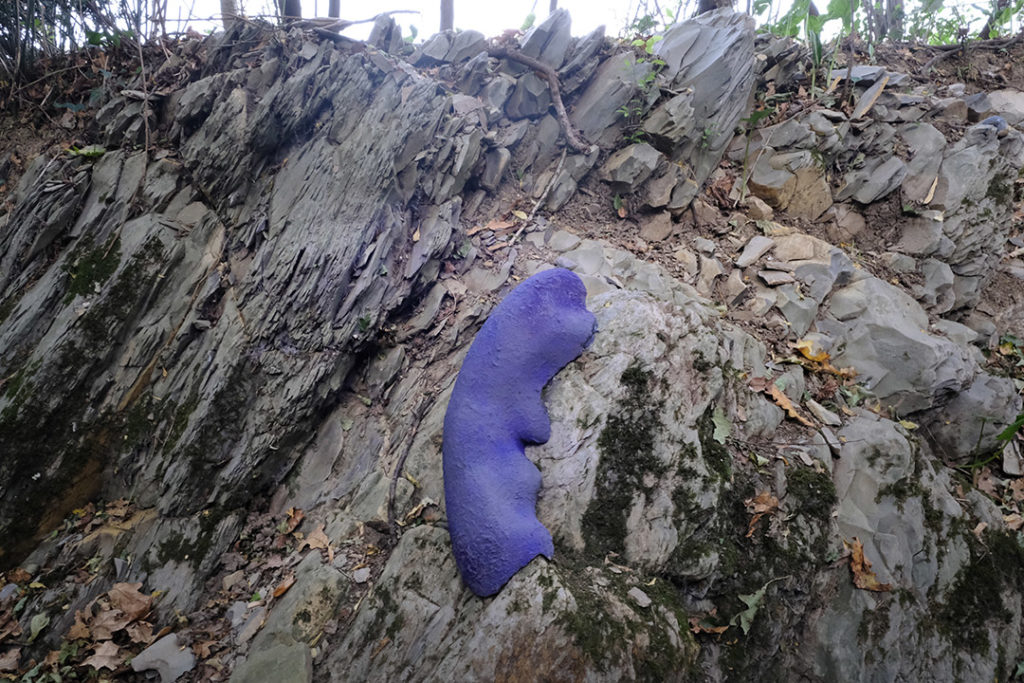
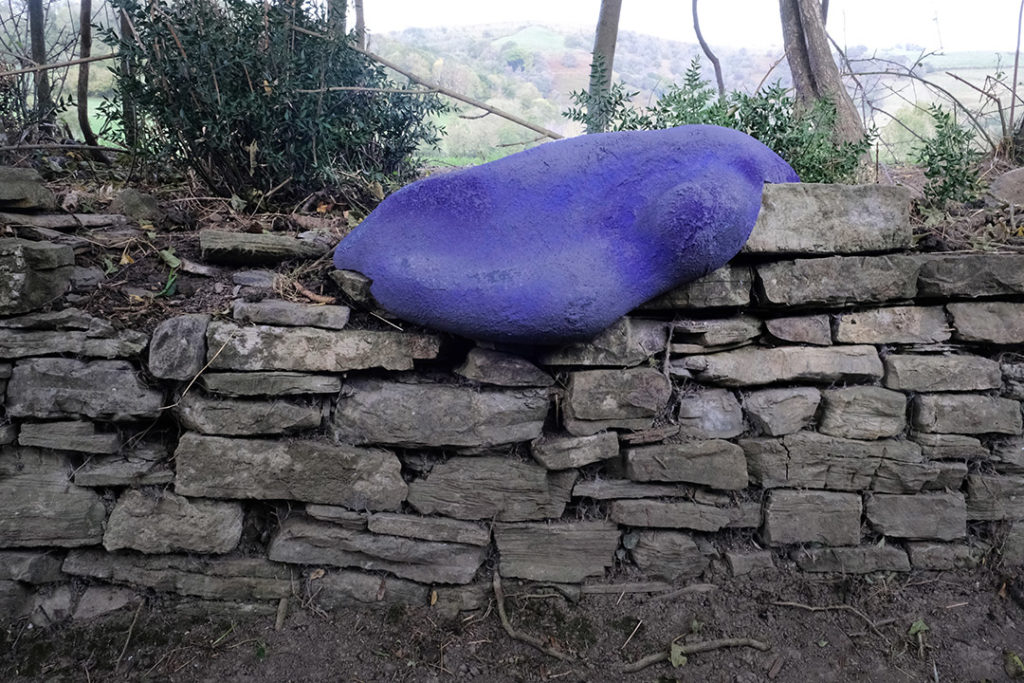
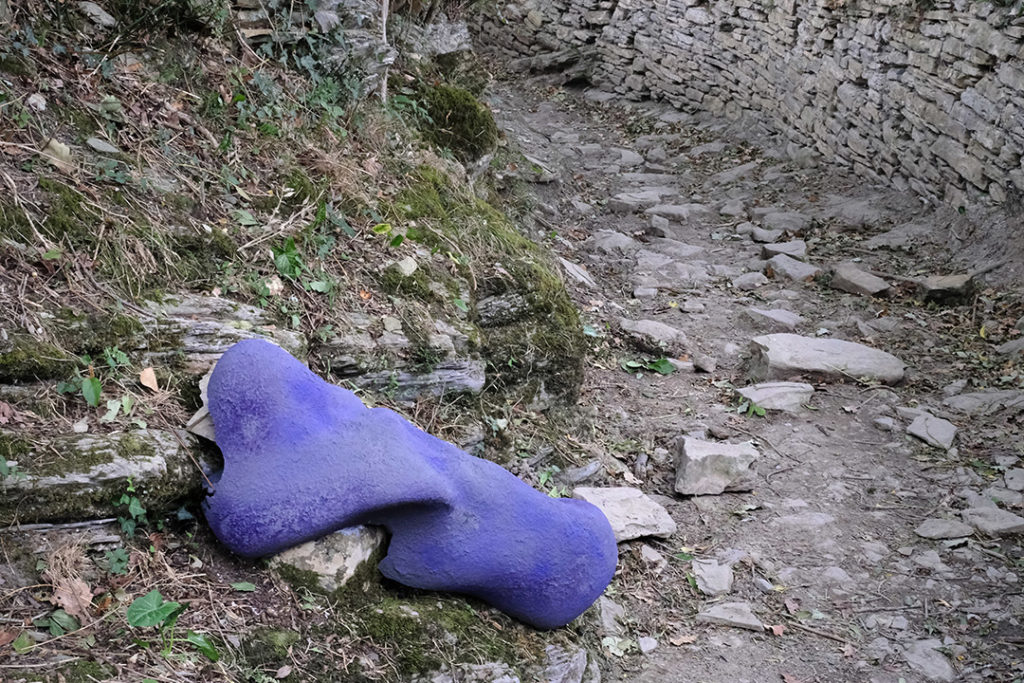
Vernissage le 29 octobre 2022
Externes : Ostabat est un dispositif constitué de photographies et de sculptures installées dans un territoire rural du pays Basque.
Les images sont des versions modifiées du village par une IA créant un univers alternatif et fantastique, reconnaissable, mais produisant un sentiment de décalage. Ces photographies portent sur certaines spécificités de ce village. D’une part, Ostabat est une étape importante pour les pèlerins du chemin de Compostelle. D’autre part, ce village qu’on pourrait considérer comme naturel est le fruit d’une longue terraformation transformant de part en part le territoire. Enfin, d’étranges dispositifs, les palombières, permettent de chasser des oiseaux. Chacune de ces thématiques est mise en étrangeté grâce aux réseaux de neurones pour ouvrir la possibilité d’un autre monde où la différence entre le naturel et le technique n’est plus opérationnelle. On invente par ces images de nouveaux rituels après l’effondrement.
Les sculptures, quant à elles, sont des fragments de ce monde surréaliste qui viendraient se greffer sur la réalité. À partir de la numérisation 3D de fragments d’espaces, des volumes virtuels ont été placés dans une simulation afin qu’ils soient déformés par l’espace. Puis, le fruit de cette simulation a été imprimé en 3D pour être réintégré dans l’espace matériel, faisant de l’adaptation des volumes la trace d’un événement inexistant, d’une simulation. Cette « irréalité » est paradoxale, car ces impressions 3D sont hypersituées : elles ne peuvent être installées qu’à un seul endroit sur Terre puisque leurs formes sont une déformation s’adaptant à un fragment d’espace d’Ostabat. La texture et la couleur de ces impressions brouillent la frontière entre naturel et artificiel. 12 volumes sont répartis dans le village, sur le chemin de Compostelle en entrée et en sortie.
–
Externes: Ostabat is an installation made up of photographs and sculptures installed in a rural area of the Basque country.
The images are modified versions of the village by an AI creating an alternative and fantastic universe, recognizable but producing a feeling of shift. These photographs focus on certain specificities of this village. On the one hand, Ostabat is an important stop for pilgrims on the road to Santiago de Compostela. On the other hand, this village that could be considered as natural is the result of a long terraformation transforming the territory. Finally, strange devices, the “palombières”, allow the hunting of birds. Each of these themes is put into strangeness thanks to neural networks to open the possibility of another world where the difference between the natural and the technical is no longer operational. One invents by these images new rituals after the collapse.
The sculptures, for their part, are fragments of this surreal world that would come to be grafted onto reality. From the 3D scanning of fragments of spaces, virtual volumes were placed in a simulation so that they are deformed by space. Then, the fruit of this simulation was printed in 3D to be reintegrated in the material space, making of the adaptation of the volumes the trace of a non-existent event, of a simulation. This “unreality” is paradoxical because these 3D prints are hypersituated: they can only be installed in one place on Earth since their form is a deformation adapting to a fragment of space of Obstabat. The texture and the color of these prints blur the border between natural and artificial. 12 volumes are distributed in the village, on the way to and from Compostela.
–
Remerciements : Daniel Olcomendy et les habitants d’Ostabat, Jean-Jacques Gay et toute l’équipe d’accès)s(.
